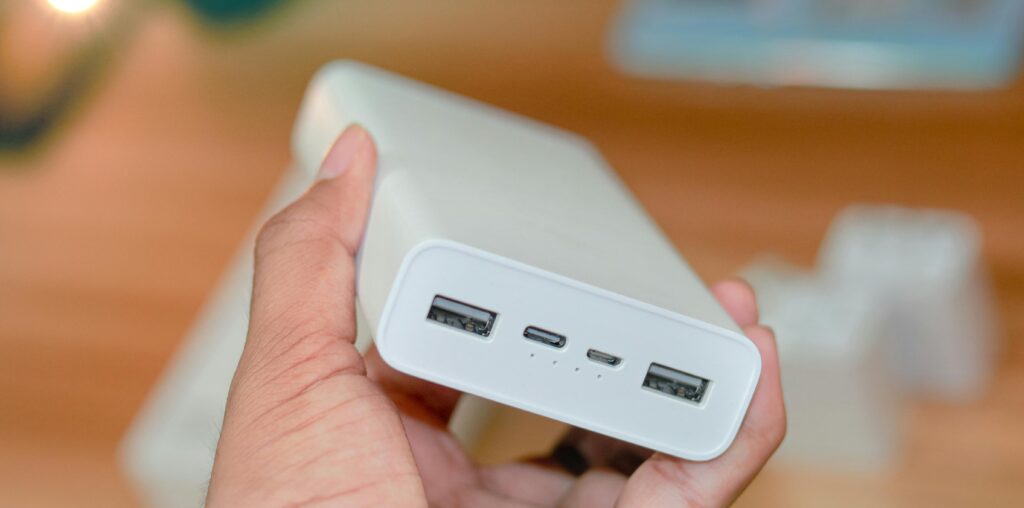USB lighting is a versatile and convenient solution for enhancing ambiance, improving visibility, and adding functionality to various settings. Here’s a beginner’s guide to understanding and using USB lighting effectively:
What is USB Lighting?
USB lighting refers to lights powered via USB ports. These lights typically draw power from devices like laptops, power banks, or wall adapters. They come in various forms, including LED strips, desk lamps, ring lights, and more.
Types of USB Lighting
- LED Light Strips
- Flexible strips with adhesive backing.
- Ideal for ambient lighting behind TVs, desks, or furniture.
- Often come with color-changing and dimming features.
- Desk and Task Lamps
- Compact and portable.
- Adjustable brightness and angles for focused work or study.
- Ring Lights
- Circular lights perfect for video calls, photography, or content creation.
- Provide even and soft lighting.
- Clip-on Lights
- Small lights that attach to laptops, books, or desks.
- Great for reading or typing in low-light environments.
- Night Lights
- Small, often motion-activated lights.
- Provide soft illumination for hallways or bedrooms.
Advantages of USB Lighting
- Portability: Small and lightweight; easy to move and use anywhere.
- Energy Efficiency: Uses LEDs, which consume less power.
- Versatility: Works with a variety of devices (laptops, power banks, adapters).
- Customizable: Many options offer adjustable brightness, colors, and modes.
- Cost-Effective: Affordable compared to traditional lighting solutions.
Choosing the Right USB Lighting
- Purpose: Decide if you need ambient lighting, task lighting, or decorative lighting.
- Size: Ensure the light fits your setup or space.
- Features: Look for dimming, color options, and remote control for added functionality.
- Power Source Compatibility: Check if it works with your devices.
- Durability: Opt for high-quality materials for longer lifespan.
Installation Tips
- LED Strips: Clean the surface before sticking; use connectors for corners.
- Desk Lamps: Place at an angle to avoid glare.
- Ring Lights: Position at eye level for optimal results.
- Cable Management: Use clips or cable ties to keep wires tidy.
Care and Maintenance
- Clean dust and dirt regularly to maintain brightness.
- Avoid over-bending or pulling cables to prevent damage.
- Disconnect when not in use to save energy and extend lifespan.
Applications of USB Lighting
- Workspaces: Illuminate desks or monitor setups.
- Home Décor: Accent shelves, cabinets, or entertainment units.
- Photography: Improve lighting for photos or videos.
- Travel: Portable lights for camping or hotel stays.
USB lighting is a practical and stylish solution for various lighting needs. Whether you’re enhancing your workspace, creating a cozy atmosphere, or brightening your video calls, there’s a USB lighting option to suit your needs.




